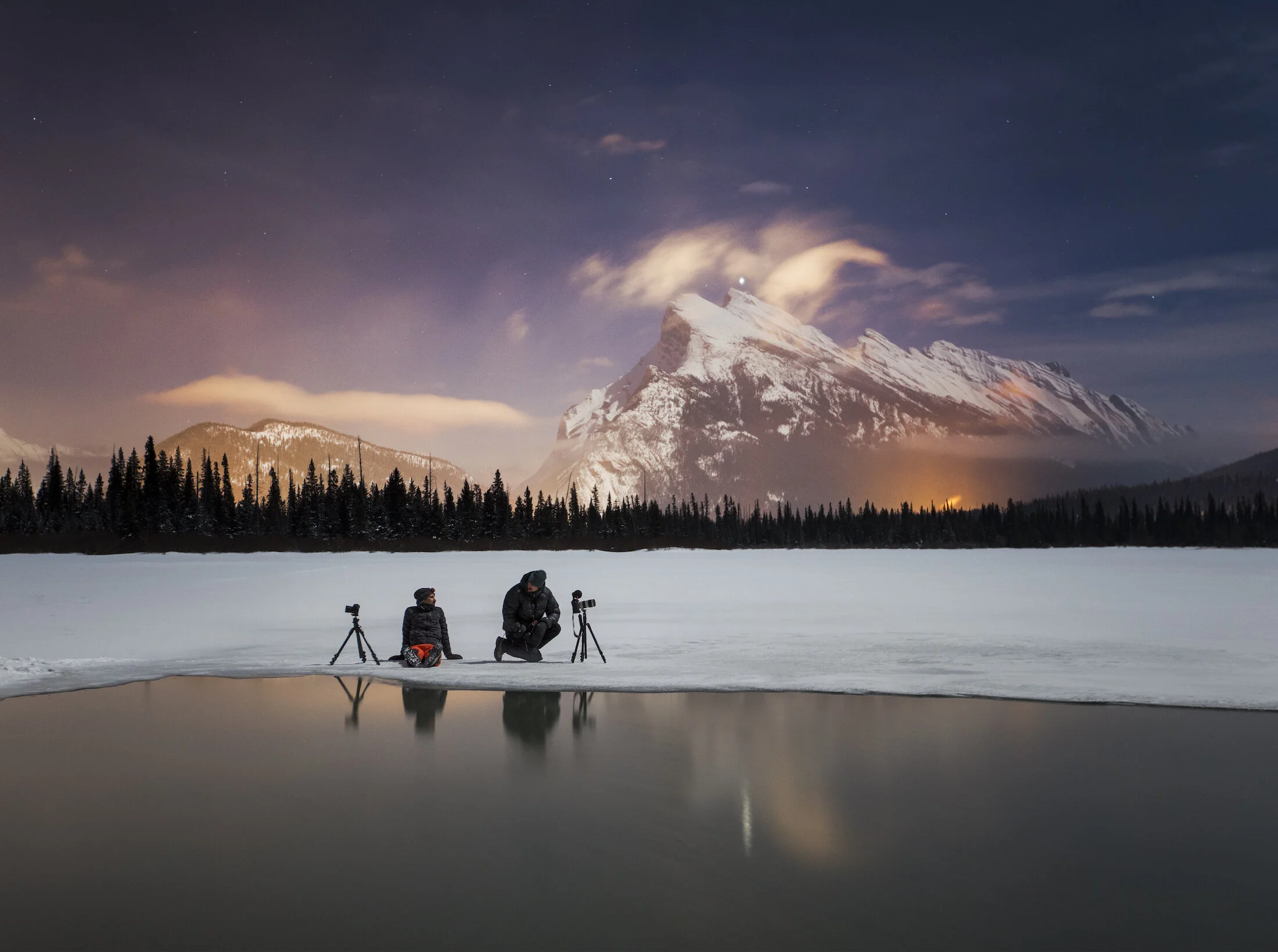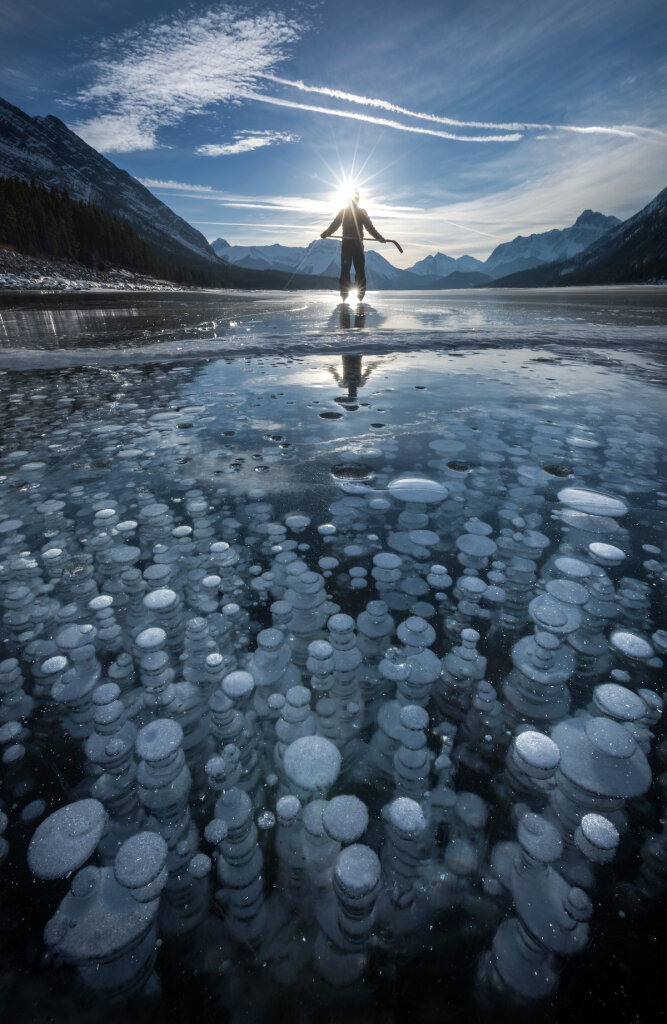
Canadian Pond Hockey at Its Best
I’ve heard it said that we aren’t truly Canadian unless we’ve strapped on some skates, grabbed a stick, and puck-handled our way across a frozen lake or pond. During any given winter day in this country, people of all ages are lacing up and stepping out onto frozen ponds and lakes to enjoy our nation’s greatest backyard pastime.
Is there anything more quintessentially Canada than pond hockey?
I've heard it said that we aren't truly Canadian unless we've strapped on some skates, grabbed a stick, and puck-handled our way across a frozen lake or pond. During any given winter day in this country, people of all ages are lacing up and stepping out onto frozen ponds and lakes to enjoy our nation's greatest backyard pastime.
Sometimes, it can look like this:
Shoot out. Canadian style. Photo by Paul Zizka Photography.
In the Rockies, lake skating usually has a short window. You need a quick freeze and clear skies so that the snow doesn't fall and cover the ice. Usually, this occurs in late fall, but at times the wind blows strongly enough to clear the natural rinks of snow. I've enjoyed some incredible skating even in the month of February. Early in the season, you might see fish swimming below the ice as you skate above them!
But let's go back to pond hockey. I grew up playing hockey, and it's hard to shake the excitement of heading out on the ice, stick in hand, to shoot a few pucks around. Having the chance to capture pond hockey in a way that melds the majesty of the mountain with my own style of shooting is particularly gratifying as a photographer.
Some images are pre-visualized, such as the shoot-out at Lake Louise, and others are captured in the moment. But one of the best things about winter in these parts is that there is no shortage of lakes to photograph or skate on when conditions are prime. Besides Vermilion Lakes and Lake Louise, there is also a plethora of photographic (and skating!) opportunities at Minnewanka, Barrier, Two Jack, Kananaskis, Spray Lake, and Moraine Lake. If you're looking for bubbles, you're most likely to find them at Lake Minnewanka, Spray Lakes, and Abraham Lake.
If you're interested in the locations mentioned in this article, check out Paul Zizka's Guide to Photography in the Canadian Rockies (Banff to Lake Louise Edition).
I also highly recommend checking out the lakes at night. There is something otherworldly and dreamy about gliding along the smooth surface of a lake in the quiet darkness of the evening. The cool air and the silence get the blood pumping and the creative juices flowing, which is a good thing because it can get chilly standing still for photos!
Who knows, maybe Santa will come by to get in on the action...
It also goes without saying: Be safe, and always test the ice before getting into it! Hope to see you out on the lakes this winter!
All of these images are available for purchase as Limited-Edition Prints in a variety of sizes and formats. Place a custom order here!
The Frozen Bubbles
The lakes are starting to freeze in the Canadian Rockies, and the bubble craze (and skating season!) are just around the corner. I get a lot of emails in the winter about the methane bubbles that form under the ice, so I thought I’d provide a bit of info so more people can learn more about them.
The lakes are starting to freeze in the Canadian Rockies, and the bubble craze (and skating season!) are just around the corner. I get a lot of emails in the winter about the methane bubbles that form under the ice, so I thought I'd provide a bit of info so more people can learn more about them.
These bubbles can occur in many different lakes, and I have even shot the bubbles in 10-12 lakes in and around Banff National Park. However, the lakes eventually get snow-covered, and the majority of them will not show ice again until the spring when the bubbles are gone.
The bubble phenomenon occurs when the lakes are exposed to the warm Chinook winds causing some of the lakes to shed their snow to reveal the bubbles mid-winter. Some of the bigger lakes that come to mind are Abraham Lake, Lake Minnewanka, and Vermilion Lakes.
Locations:
Bubbles at the far end of Lake Minnewanka. Photo by Paul Zizka Photography.
Abraham Lake is by far the most popular location to document the phenomenon as its surface is very easily accessible, and it gets far less snow than other parts of the Rockies. It's a busy place, though, when the bubbles do occur - people come from all over the world to shoot here, but if you're willing to walk/skate a little, you can find solitude still.
The Vermilion Lakes sometimes offer very short windows where the winds will blow the lakes free of snow and reveal small pockets of methane bubbles. Don't expect wide vast swaths of them, though.
Lake Minnewanka has the best bubbles I've ever seen, but they're often best at the far end of the lake, 20+ km from the road. For that reason, I expect it'll always be quiet there. If you are lucky, there are sometimes pockets of bubbles near the road too.
When to Shoot:
As far as when to shoot them, I've found that it can really depend. The window of opportunity is usually short, a few weeks at best. When we get a warm weather spell, like essentially all of last winter, then that window can narrow down to just a few days. Warm weather creates a film of water on the lakes, and the bubbles get "buried" deeper in the ice. I've found overall that the best time of the year to shoot them is mid-January to late February. Having said that, I got this image in November…
It goes without saying: Be safe, and always test the ice before getting into it!
Happy shooting out there, everyone. Might see you on the lakes this winter! More bubble photos are below!





















